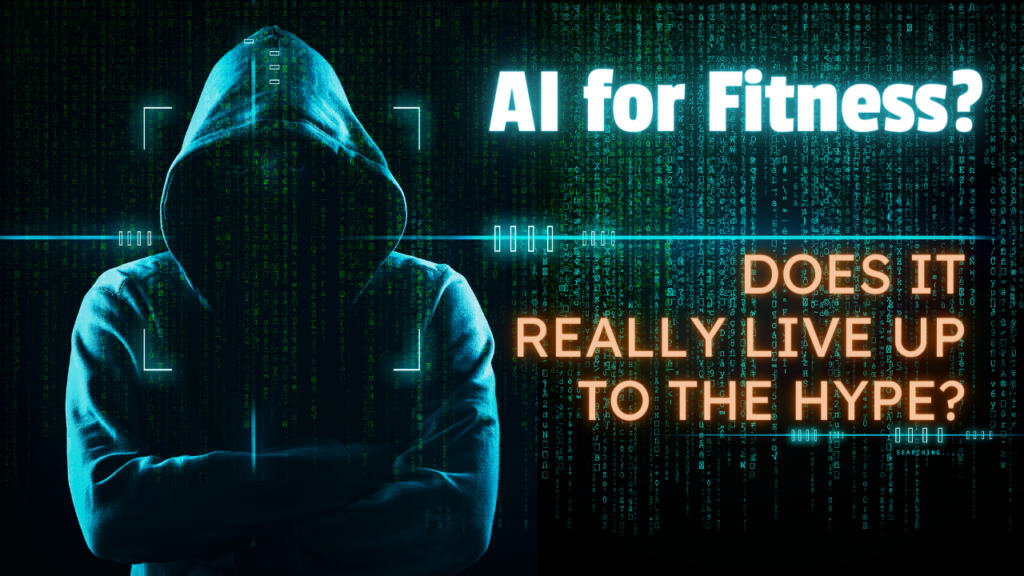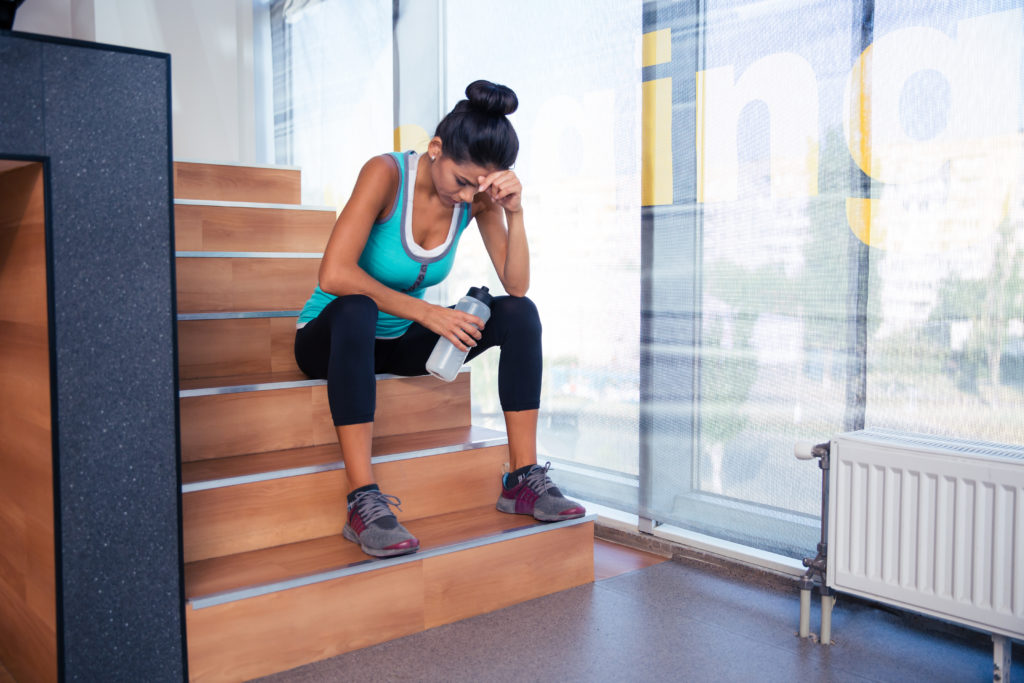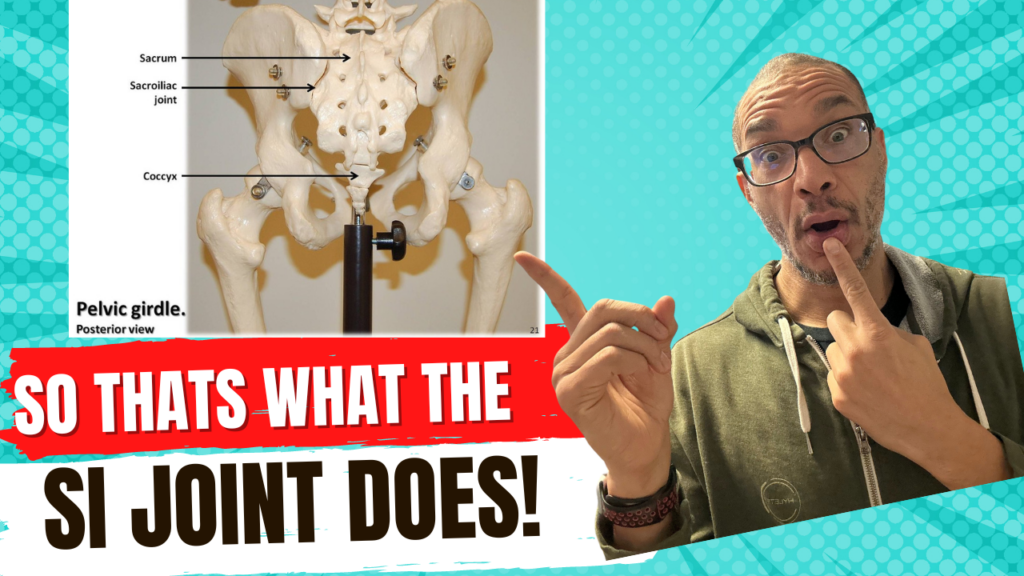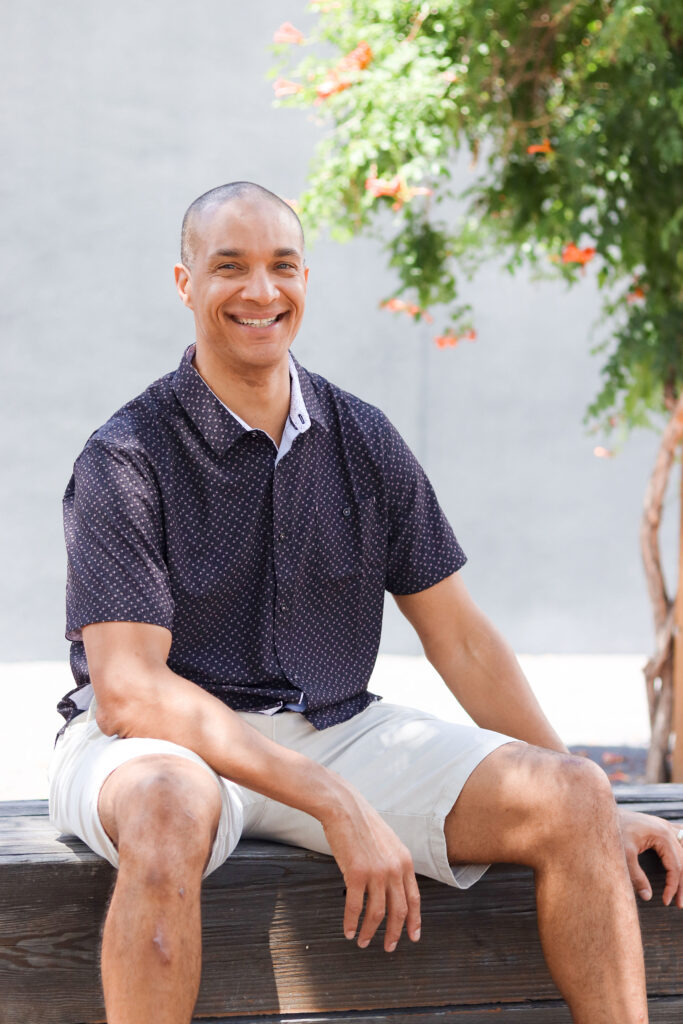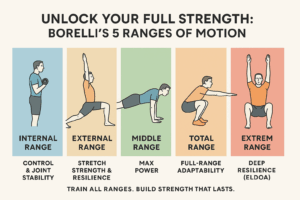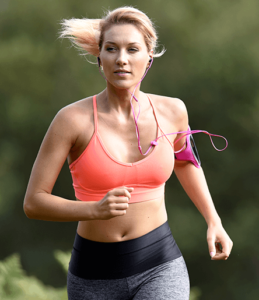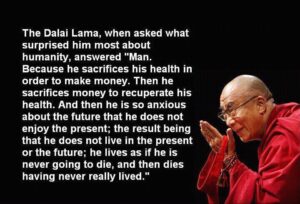Are you looking for lower back pain relief? Are you searching through lower back pain exercises, lower back pain stretches, or lower back pain massages for a solution? Lower back causes are a lot, and it’s important to know what causes them so you can know how to fix them. Check out this video to find out more.
Click the image to watch
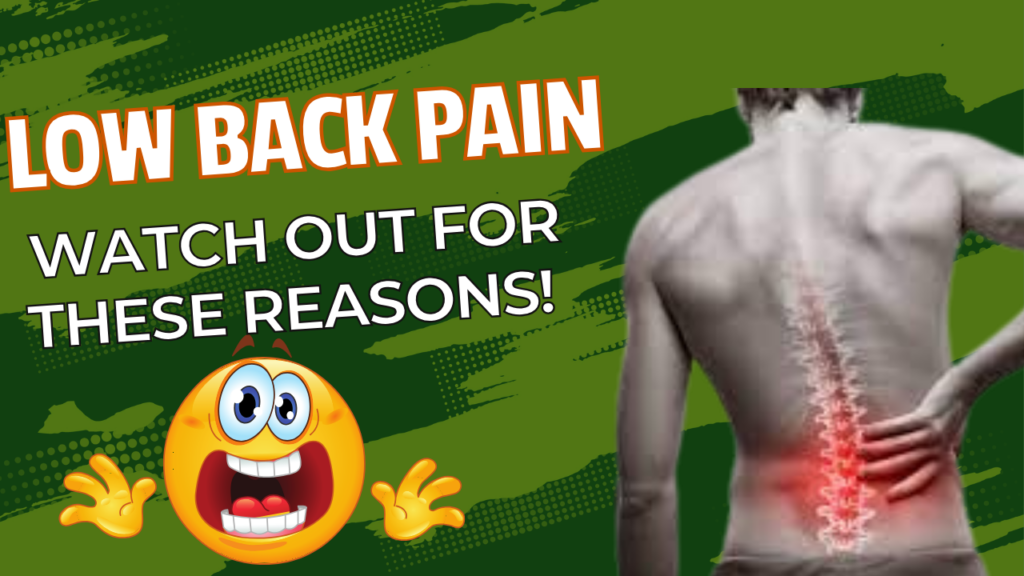
Lower back pain affects 619 million people and is a leading cause of disability, which is just an astronomical number. And I myself fell into that number about 16 or 17 years ago, and I never got any sustainable results through doctors, PT, chiro, acupuncture, yoga, Pilates, and some of it actually made me a lot worse. But I did get out of it, so I want to stay tuned as to how I got out of it, why a lot of those other aspects didn’t work, and what I did to get out of it.
Greetings, I’m Ekemba Sooh. I own Solcore Fitness and I’m a soma therapist and soma trainer, which is kind like a physical therapist but a little bit more. And it’s underneath the osteopathic model of working with people, which is holistic method. Like I said, these treatments and exercises that people have or options they have for lower back aren’t always complete, a lot of them aren’t sustainable. And like I said, I found out firsthand.
And a lot of my clients over these past 30 years I’ve been in the business have also come to me because they didn’t get exactly what they wanted from their traditional ways of treatment. And once I got them, like I got myself, on just holistic way of working with the body, they started to see results and not only stop having back pain, but more importantly, started to have a better life because it’s not just about the back pain.
So if you want to know more about holistic way of treating yourself, then subscribe to this channel. If you like this video, please give a thumbs up and lets the algorithm know that it’s a good video and that it’s going to share with more people. Then you can also share with people you feel, like me, might be interested in.
Lower back pain is always just sitting there, in the corner in the dark, waiting to get you. And the physical pain of when it happens is terrible obviously, but what’s worse is the anticipation of when it could happen. So you don’t want to set it off because you don’t want to feel that way. But now you’re trying to walk on eggshells in your life to not set it off, but eventually it’s going to because your body never stays statically. There’s no maintaining, right? You’re either getting better or worse. In life, there’s no static. So eventually something’s going to set it off if you don’t take the time to specifically correct it and the cause to make sure it doesn’t come back.
These lower back pains can come from a lot of different reasons, right? It’s not just one or two. It could come from a bunch of different disc problem, a bulge, a herniation, a prolapse. That could be combined with a stenosis, an anterolisthesis, a retrolisthesis. It could be from a pinched nerve, artery, or vein. It could be because of badly functioning tendons, ligaments, and muscles. And outside of an acute injury, usually it comes over decades. So your back pain probably started 10, 20, 30 years ago. And it usually comes from a combination of bad posture, bad diet and hydration, bad training or treatment. So I want you to stay tuned, I’m going to talk about each one of those aspects.
Having poor posture is huge because it causes a lot of issues, in this case lower back pain. But it can cause just issues all over. Andrew Taylor Still said structure dictates function. That means how well my posture is, because structure and posture, same thing in this case, so how well my posture is dictates how well I function orthopedically, how well I move and have less pain, but also how I work viscerally, mentally, emotionally, everything. Like this building that I’m in, if the structure was bad, I would not be sitting here filming and talking to you. I’d be running and dodging because windows and stuff would be crashing down on me, which means I couldn’t properly function in my job right now to educate you ,because the structured building is not allowing me to. Same thing in your body.
Now, posture doesn’t mean just walking around, being tall and looking good. Posture means two things. One, that I have a good plumb line. Plumb line means my ear, my shoulder, my hip and my ankle are lined up. Posture also means I have a good gravity line. So imagine I have a four degree cone around me right now and that my body, via the muscles and postural systems, can keep me in place. That’s having good posture.
If I’m not stacked properly or I can’t maintain myself in this 40 degree cone, the door is open to whatever’s going to happen to my body. In this case, you end up with lower back pain. And so, until you correct the posture, you can correct all the other things I’m going to talk about later on, if you still have bad posture, it’s never going to truly set in and be effective.
The second part that leads to lower back pain is bad training. So bad training is the education I give my body. Now, you’re always educating your body, right? Right now, I’m educating my body to stand and be here. If I were to do this a lot, my body would adapt to this standing posture. So whatever postures or movements you have in your life is what you’re telling your body to do.
Now, the training you’re doing, whatever exercise program you’re on, needs to be a total training, needs to train all your body if you want to stay balanced. But all movement is not created equal. So just because you do something doesn’t mean you’re going to equal what you want. And just because you think you’re working your whole body doesn’t mean you’re working your whole body. You got about 600 muscles and a bunch of different ways those go. You’ve got a bunch of intents and ligaments that combine to them. So you have a lot of different ways you can train your body, thousands of different ways. Just doing a handful is not going to cut it. You need to find out what you need to do for you.
Now, why is this important? Because like I said, you’re always training your body. So let’s take an example. It’s well documented that sitting posture, sitting down is not the best for physically, but also mentally, emotionally. If I sit down a lot, if that’s part of my daily life, them I’m teaching, first, my lower back to round. It goes from arching to rounding just naturally because I’m sitting down. I’m teaching my hip flexors to become tight and weak. I’m teaching my deep rotators, [inaudible 00:06:48], piriformis, what [inaudible 00:06:52] say? A bunch of other ones. All the pelvic rotator muscles to be tight and weak. I’m teaching my glutes to also be tight and weak.
So I need to retrain my body if I sit down a lot. I need to give myself a program to say, “Okay, body, I know I have to sit down a lot because of a,” whatever, but I don’t want to stay in that posture because in daily life, sitting posture doesn’t work well if I want to go for a run or go skiing or play with my kids. So at a minimum, just for this one posture, I need to stretch and strengthen those hip flexors, all eight of them, not one or two. I need to work with all those deep rotators to strengthen them, to stretch them, the glutes. I need to bring my curves and my spine back to four because I know that V engineering and equation R equals n square plus one, because it’s science, it tells me that those curves of the spine, I need four of them to be the strongest. I need to work with that.
For me, the best way to train all these things is, like I said, holistically. So for me, I would use [inaudible 00:08:04] for the spine and maybe the hips and maybe the SI joint. I would use myofascial stretching and segmental strengthening, which works not only with the muscles, but the fascial chains from all those different hip flexors, deep rotators and glutes. Because you have to train your body not just where you have issues, but everything’s surrounding the issues and the cause of the issues if you want to have sustained results.
Now, that sounds like a lot, doesn’t it? Well, it is. It’s a lot. Your body’s complex, it needs to be addressed as so. But you don’t start with everything all at once. You start with a couple nibbles and work your way up to the full meal. Whenever a lot of people come into me and they’ve done the allopathic way of doing things, they’ve been given a sheet of paper to do some exercises and they follow a sheet of paper, and almost to a person they say, “Oh, it helped for a little bit, got me functional, but now it’s not getting more results.” I say, “Well, okay, you need to do this type of training.” And once I give them this type of training, in small niblets, to work out more, they get that sustained results.
When looking for exercise programs, you always want to think about what’s the main intention of why that exercise program was created? So we’re going to take out all names because I don’t want to trigger people’s ego. If that program was designed to help you become mindful and hopefully be liberated, enlightenment, and they gave a physical way to do that, that it wasn’t designed to correct lower back pain in this case and the different reasons you have it. If that program is designed to connect to your core as you move, which is good, nothing wrong with either one of these things, then maybe it’s not physically designed to have you correct the different reasons why you have lower back pain, same thing. So you want to think about what’s the philosophy of what you do?
For me, the philosophy is medical, right? It’s from a long time ago, back World War II, Andrew Taylor Still. The idea was to correct the body to correct dysfunction, and all the different ways it happens. So I’ll give an example. The scorpion stretch and different ways to twist your spine to help your lower back are totally BS. First and foremost, when you twist, you compress your spine. That’s just physiological. That’s the way it’s designed. So when I turned like that, even if I got tall, my spine compressed. So if I’m doing a scorpion and I bring that leg over, I’m going and twisting, but I’m also going to extension, which also compresses your spine.
So you compress your spine, and because also of Pascal’s law, which means when I put pressure on a spherical ball, it goes omnidirectional and your disc is a sphere. Now that disc is being compressed and being pushed in all of the directions. And if one of those directions you have those herniations or bulge, it’s going to make it worse.
But somebody along the line told somebody else that, “Hey, this is great for your back,” because maybe they felt something. They felt something, they felt better. If part of your problem with lower back pain is in the disc, you’re not going to feel anything until it’s too late. You don’t feel that compression and bulging, like I talked about, until it touches something. It doesn’t mean it’s good, it just means it’s asymptomatic until it becomes symptomatic. And when it’s symptomatic, it’s a whole different reason.
So when looking for exercise, you need to do your due diligence, can’t speak right now, and talk about why does this work? And have that person be able to articulate why it works. Are you working on a way to sustainably get rid of your lower back pain? Let me know what you’re doing. Put it in comments below.
When you go out to find an exercise program for your lower back pain, you have to be very careful with what’s generally out there and what’s popular. It’s out there because it’s popular because of multiple different reasons. It’s popular because somebody decided it was popular. They said, “Oh, this is good for your lower back.” It caught on. Maybe a couple people got results and now it becomes a thing. Usually, it’s a thing because it’s easily digestible.
So if I tell you I’ve got three exercises to cure lower back pain, you’re like, “Thank God. That sounds awesome.” But that’s BS, that’s not true. I don’t know where your back pain’s coming from. I don’t know you. I don’t know how you’re going to react to exercises. Those exercises also are usually laden in partial information. So part of the reason why they work is good, but it’s not the whole reason on why something should work. There’s more information out there.
And unfortunately, they’re given to them by people they trust, their friends and their family. They’ll tell them, “Hey, this is good.” If you search around on YouTube after my video, I’m sure you’ll find a bunch of videos that say that. And it’s usually from a PT or a doctor or something like that, so you trust them. Or it’s from an actual, like it’s a handout, like I talked about before, from a PT or chiro.
But most of these exercises are the same, because we have a closed loop system here. One person tells one person that something’s good, echo chamber, that’s what it’s called, an echo chamber. They all start talking about the same thing and it makes you feel safe because you hear from a bunch of different sources and they’re all saying the same thing. Well, it must be true, right? We’ve all found that to be true. This is sarcasm coming from my mouth right now because that’s total BS. So you have to be careful about that.
You have to, I keep repeating myself, work holistically. That’s the way your body designed. Work specifically for what you need. Why do you have lower back pain? What is the cause? Your choice between cause and symptom training, which I’ll talk about here in a second. And then how do you go about teaching yourself that program?
And the worst thing that’s out there are these tools and gadgets that they have to correct certain maladies. So I’m sure if you search around, you’ll find some sort of gadget, 20 bucks or 50 bucks, to cure your lower back pain. They don’t cure. It doesn’t happen. That’s not true at all. You want to believe it because you want a simple way to correct your lower back pain, and I’m sorry, that doesn’t help. It might cure a couple of symptoms. Maybe you feel better. But ultimately, it won’t correct the cause of why you got lower back pain. That takes a combination, holistic, stretching, exercises, and lifestyle factors. That’s what it takes.
But the problem is you were searching for an easy result, and I’m sorry to say it’s never going to be easy and it’s going to be hard on you, on your body, and on your wallet. Because you’ll do one of these little tools and you’ll feel better maybe, hopefully, I hope you do, but eventually it’s not going to work. And then you go and buy the next tool to make yourself better, and eventually you’ve got four or five tools and now you spent two $300, and it sits in your closet. It’s not going to work. You need to decide what you want with your training in therapy.
That leads to the next step, which is therapy. So deciding what you want is a big step in therapy. You want to decide either do you want to feel no pain or do you want to feel functional and get better in your life? It’s a very important question and people look at me with doe eyes whenever I say that, but it’s not obvious. I want to know that because if you don’t want to feel pain, [inaudible 00:16:00] for me, then don’t work with me. Go to a pain clinic, take up on a medication, and throw ice on whatever you’ve got for the rest of your life, and hopefully you don’t feel pain.
If you want to function, you need to choose a program that allows you to function. That’s going to dictate the type of therapy you get and the type of training you’re going to get. If you choose to function, you’re going to not be doing the allopathic way or symptom-based treatments for your body and you can do more of the etiology, cause-based treatments.
So if I go to my doctor, he’s symptom-based. I say, “I got low back pain.” He goes, “Okay.” Takes some X-rays. I’m sure he’ll find something, a disc, a bulge, a herniation, something like that. Generally, he starts with cortisone shots, maybe gives you three to 10 PT sessions, and then you come back for another cortisone shot. And eventually it gets worse and eventually you have surgery. That’s allopathic, that’s symptom-based. Or you take pain medications or you use ice.
If you want to do the etiology, cause-based, you come to somebody like myself and we do an assessment to find out not only what the reports say, but actually how you move. Because you’re not just a piece of paper, you’re also a human being that moves around. And one person, two people can have the exact same imaging, say a disc bulge or herniation, but move completely different and have different symptoms, so you test.
And then you have to be okay with the struggle or the learning process, I should say, of training the cause. So you start with what hurts, but then you build your program out to make sure that all the parts of your body that cause the lower back pain are also trained, not just the area that’s causing the lower back pain.
The last part is your food and your hydration. You are what you eat. If you eat crappy food, non-nutritious, from my standpoint, not organic or the way nature brought it, you’re going to be building your body on crap, which means you’re going to be more susceptible to breaking because you’re not strong. And if you’re dehydrated, then you’re also going to lead to issues. Your body is approximately 70% water, probably a good idea to keep it around 70%. Because your tissues, your soft tissue, move on a watery substance and only move as well as they’re hydrated. And if you think about your disc, which is one of the big things that people have lower back pain width, your disc needs to be hydrated.
Two of its main jobs are to shock absorb forces and to allow your spine to move properly. Well, if it’s dehydrated, you lose space in the joint, which means you lose shock absorber and you lose the ability to move the way it should, strictly because you didn’t drink enough water. Probably a good idea to check what you eat and make sure that you’re hydrated.
Now, I want you to have success, but you need to decide what you want to do. Do you want to feel no pain or do you want to get better? Like I talked about before. If you don’t want to feel pain, then continue along this general allopathic way people work with themselves, and then hope that you don’t feel pain. If you want to correct the issue and find the cause, then you need to use a holistic program like I’ve been talking about throughout this whole video.
If you want more information what that holistic program might look like for you, then I got some support for you. You can join my private Facebook group, the link is in the description below, to join an interactive way to find out not just about correcting lower back pain or pains in your body, but to get strong, get mobile, get flexible. Got different ways, we do masterclasses, challenges, mini trainings, and I interact with people on the site. You get a free download of my free ebook. Again, it’s how to live your best life. There’s four steps to that. And again, in description below, just click on it and you can put your information in, you get instant access.
Or you can reach out and talk to me personally, again through the description with a link, through my Calendly link. You’ll find a time that suits you and we can talk about what is it you want. I will only give you my services or let you know about my services if I feel you’re a good fit. But no matter what, I’m going to give you as much information as I can on the direction I think you need to go and the steps you might be missing.
I know this is long video. I hope you stayed through the end. I hope this was valuable. Put any questions you have down in the comments and I’ll see you next week.
it’s not just working out, it’s building a foundation for a better life.
Find out more @

